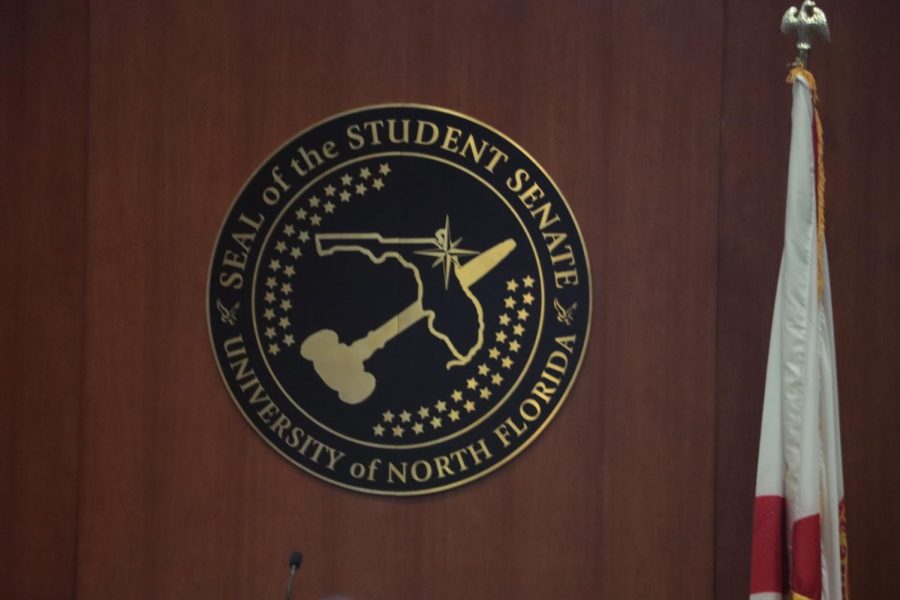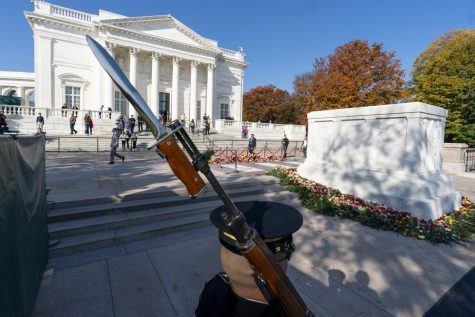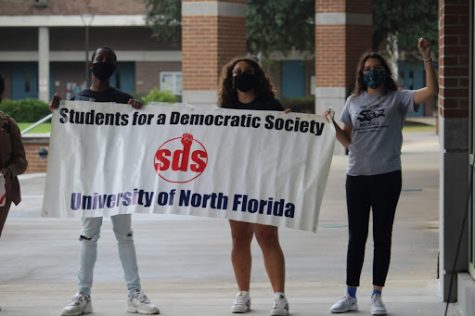Twenty days and counting: How the government shutdown may begin to affect college students
January 10, 2019
Many Americans may still be going about their business as usual amidst the current government shutdown, but it has now been 20 days since Senate rejected the funding requested by President Donald Trump to build a border wall and the effects are starting to trickle into areas that may have seemed untouched by the crisis a week ago.

The repercussions of the second longest shutdown in history are now bleeding into areas like agriculture, real estate and even student life. Although some students may not face any consequences from the absence of government funding, those who receive federal aid could start to be affected should it continue.
According to the most recent National Postsecondary Student Aid Study conducted in 2012, about 53 percent of undergrad students rely on some type of federal funding to help cover their tuition. With the beginning of the Spring semester in full swing and Trump’s continuing firm stance on funding for his border security plan, you may wonder if this issue will get in the way of federal loans and grants for undergrad students.
The issue lies in the correspondence between FAFSA and the IRS. The IRS receives information from FAFSA in regards to the status of many college students’ financial standings, which directly affects the funding you may receive each semester from loans and grants. Since the IRS has been heavily affected by the shutdown, this has caused a bottleneck in how many college students receive timely funding. University Federal Aid offices much like UNF OneStop are planning on accommodating to students as best they can by managing financial aid hiccups so that you can still attend your classes.
This shift would inevitably adjust how and when federal funds reach college students’ pockets, but shouldn’t prevent loans from being disbursed entirely. Although there may be hiccups when it comes to receiving your funds this semester, the Department of Education remains funded.
The money is there for the Department of Education to allocate, but moving it around could be an issue while about 800,000 government employees have been either furloughed or working without pay.
—
For more information or news tips, or if you see an error in this story or have any compliments or concerns, contact [email protected].





















